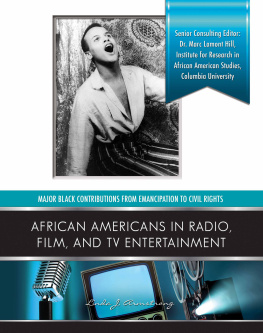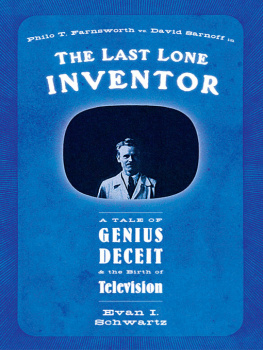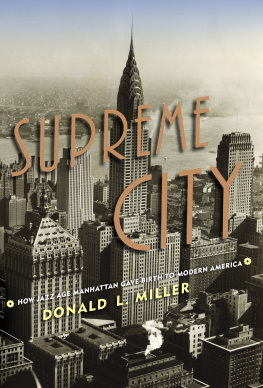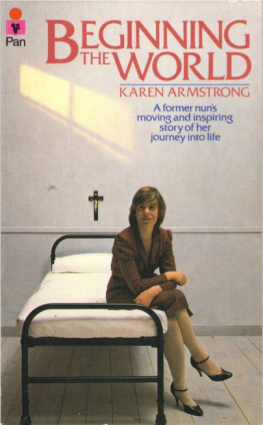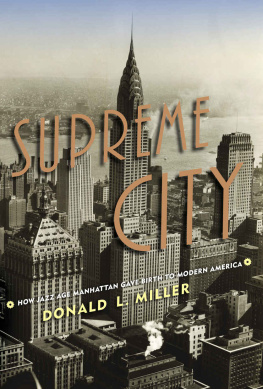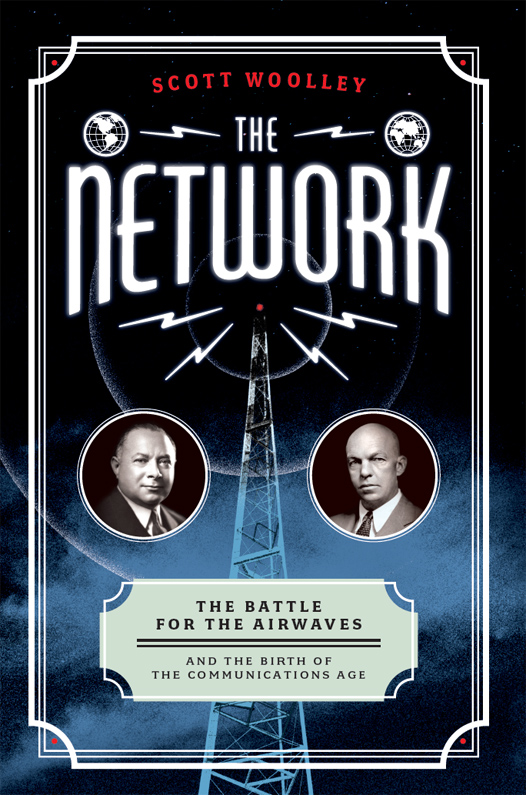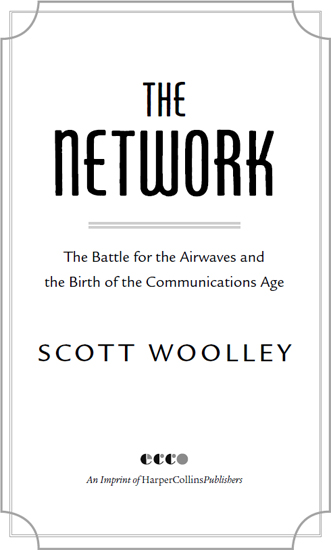The story that follows is true.
The characters dialogue represents their exact words as captured by reliable contemporaneous recordings, including audiotapes, courtroom transcripts, and police wiretaps.
New York City1954
EDWIN ARMSTRONG HAD HIS THIRTEENTH-FLOOR LUXURY apartment all to himself for the night, just as he had planned. His wife, Marion, was staying at her sisters in Connecticut. He had surprised their live-in cook and two maids with an extra night off work. The world-famous inventor, Ivy League professor, and multimillionare placed his handwritten suicide note on the bedroom dresser and walked to the window. He slid it open, feeling a shock of freezing winter air wash over him.
The Armstrongs sprawling seventeen-room apartment was the sort of place most New Yorkers dreamed of living. Known as River House for its location on the western bank of the East River, the twenty-six-story art deco tower had been designed in the Roaring Twenties to cater to the top rung of Manhattans social ladder. Its other fifty-five apartments housed neighbors with last names like Roosevelt, Hearst, and Rockefeller. The Armstrong apartment, set at the midpoint of the buildings A line, offered one of River Houses signature views: a panoramic sweep from Brooklyn to Queens, across Roosevelt Island, and up the Manhattan skyline running north along the waters edge. In past summers, the river had served as convenient parking spot for his neighbors yachts. Tonight, a fierce wind blew upriver, speckling the dark water with whitecaps.
To his fellow New Yorkers, the day just ended had been an ordinary Sundaybut to Major Armstrong it marked an important anniversary. Forty years ago, he had witnessed the full power of his first invention, a discovery that kicked off his career as the most prolific inventor since Thomas Edison.
On that long-ago January 31st, in 1914, a twenty-three-year-old Edwin Armstrong had embarked on an unusual adventure. Back then, the ability to send information through the air was little more than a parlor trick. Consumer radios had not yet been built, or even imagined. The only thing the airwaves were good for at the beginning of the twentieth century was zipping Morse code dots and dashes a few dozen milesuseful for communicating with ships at sea but little else. Armstrong believed he had invented a device that could change that, grabbing enervated airwaves drifting in from clear across the Atlantic and reinfusing them with enough power to make them detectable, a feat that wireless experts considered impossible.
Thats when David Sarnoff first entered the story. An acquaintance of Armstrongs, Sarnoff shared the inventors youth and optimism, and was one of the few people to believe Armstrongs idea might actually be possible. Since Sarnoff worked for a company that owned the worlds largest antenna, he offered to connect Armstrongs device to the antenna and put his claims to the test. The results shocked even the two young optimists as they suddenly began to pick up wireless signals being sent from the far side of the planet.
From that day on, Armstrong and Sarnoffs fascination with the untapped power of the invisible waves would bond them and set their lives on parallel paths. Armstrongs imagination, talent, and luck continued to astound. Following the creation of his tool to make weak airwaves stronger, he built a device that made it easy for a radio transmitter to summon the invisible waves. He followed that with a breakthrough that allowed engineers to change an airwaves length, multiplying their information-moving power once again. Invisible waves controlled by Armstrongs discoveries would deliver the sound of Duke Ellingtons jazz to radio listeners, the sight of Jackie Gleasons antics to TV viewers, and the location of incoming Nazi bombers to the Allied Air Command.
Like Thomas Edison, who kept working into his eighties, Major Armstrong had maintained his passion and creativity as he had aged. Twenty years after their trip to test out his first invention, Armstrong invited Sarnoff to his lab at Columbia University to show him yet another invention, FM radio.
EDWIN ARMSTRONGS BIGGEST MISTAKE, as he now saw it, had been his naive assumption that the David Sarnoff who showed up for the FM radio demonstration, would be the same giddy engineer who had accompanied him twenty years earlier. He knew, of course, that his friend had used their shared faith in the airwaves expanding power to build a wildly successful career of his own, ascending to run the Radio Corporation of America, the worlds largest manufacturer of AM radios and other electronics, as well as the National Broadcasting Company, RCAs most famous subsidiary and the worlds largest AM radio network. What Armstrong hadnt expected was for David Sarnoff to betray their friendship and lead a secret cartel dedicated to crippling both FM radio and the infant television industry.
When Armstrong first turned his efforts to convincing the world of those explosive allegations, following the end of World War II, he knew it would be a challenge. By then, David Sarnoff was, in the American publics eyes, famous, accomplished, and respected. Even so, Armstrongs task of exposing the corruption and Sarnoffs role in it hadnt seemed so daunting at first. After all, the inventor had spent his life revealing invisible powers to an unbelieving public.
And yet, for reasons he still did not understand, nothing worked. Not the seventeen lawyers he hired to sue Sarnoff and RCA. Not the congressional investigations he instigated. Not the accusations he leveled in the popular and the scientific press. None of it ever seemed to matter.
Why had all of his efforts to expose the corruption of the American airwaves failed?
Who was the real David Sarnoff?
Those questions had obsessed the inventor for nearly a decade, his failure to answer them slowly poisoning his marriage, his career, his life. Now, as the biting wind blowing up the East River washed over him and flooded into the apartment, he considered his options. The blueprints for River House put the distance to the rooftop below him at 139 feet, 7 inches. More than enough for the job, the engineering professor could easily calculate, just by eyeballing the drop.

Leah Sarnoff with five-year-old David (left) and his younger brothers, Morris and Lew, in 1896. Four years later they would flee their village in the Russian Empire and sail for New York. (Courtesy of the Hagley Museum & Library)

In 1906, fifteen-year-old David Sarnoff landed a job as a messenger boy with the worlds first wireless communications company. The following year, when this picture was taken, he had become the Marconi Wireless Telegraph Companys youngest operator, spending his days sending Morse code messages to passing steamships. (Courtesy of the Hagley Museum & Library)




